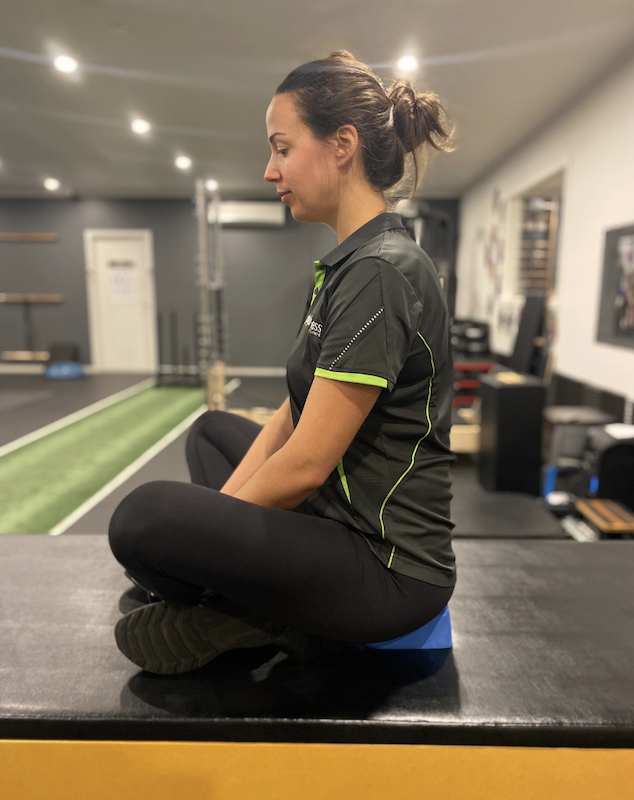Physio Backed Advice on Following Australia’s Physical Activity Guidelines
Australia’s Physical Activity Guidelines
Physical activity is vital for both mental and physical health and wellbeing. It lowers the chance of developing numerous diseases, including certain cancers, and aids in maintaining a healthy weight.
Discover the recommended daily amount of exercise for adults and practical ways to incorporate it into your routine.
What are the Benefits of Physical Activity?
Being active provides significant physical and mental health benefits, with greater activity leading to greater advantages.
Regular physical activity for adults can:
- Lower the risk of or help manage type 2 diabetes and cardiovascular disease.
- Maintain or improve blood pressure, cholesterol, and blood sugar levels.
- Decrease the risk of certain cancers.
- Prevent unhealthy weight gain and aid in weight loss.
- Support strong muscles and bones.
- Offer opportunities for social interaction and meeting new people.
- Enhance both physical and mental wellbeing.
- Reduces pain and change of injury

What are the Physical Activity Recommendations for Adults in Australia?
Adults should aim to be active most, if not all, days of the week.
Weekly activity should include one of the following:
- 2.5 to 5 hours of moderate intensity activity such as brisk walking, golf, lawn mowing, or swimming.
- 1.25 to 2.5 hours of vigorous intensity activity such as jogging, aerobics, fast cycling, soccer, or netball.
- An equivalent combination of moderate and vigorous intensity activities.
Incorporate muscle-strengthening exercises at least two days per week as part of your daily activity. These can include:
- Strength training
- Pilates
- Yoga
- Household tasks involving lifting, carrying, or digging.
Remember, any physical activity is better than none. If you are currently inactive, begin with small amounts and gradually increase to the recommended levels. Incorporating Activity into Your Day
Simple Daily Changes
Physical activity doesn’t always need to be planned exercise. Simple changes to your daily routine can have a significant impact.
Consider these ideas:
- Choose walking or biking for short trips instead of driving.
- Utilize park and ride options, walking or biking the remaining distance.
- Take the stairs instead of elevators or escalators.
- Get off public transport one stop early and walk.
- Park further away from your destination and walk.
- Walk to a park for your lunch break.
- Take the dog for a walk.

Examples of how to achieve your physical activity using the guidelines
Example 1:
Aerobic exercise:
- 4 x weekly 45 min walks = 300 mins of low level activity
Strength exercise:
- 2 x vinyasa yoga classes
Example 2:
Aerobic exercise:
- 3 x 30 min runs = 90 mins (1.5 hours) of mod-high level activity
Strength exercise:
- 2 x bootcamp classes
Example 3:
Aerobic exercise:
- 1 x 120 min swim = 120 mins (2 hours) of mod-high level activity
Strength exercise:
- 1 x gym based program
- 1 x pilates class
Overall, find movement and exercise that you enjoy. If your exercise is engaging, you are far more likely to not only start it, but continue to maintain it as a healthy habit life long.
Happy moving!
This blog was written by Luke Waker, the Head of Physiotherapy / Senior Physiotherapist at Physio and Fitness Clinic, B Sc Physiotherapy (hons) – Monash University.
Luke is an Australian trained physiotherapist with over 17 years of experience within the fitness industry. He started his journey as a swim coach and over the years progressed through personal training, group training and then for the past 9 years, has been working as a physiotherapist.


Here at Physio and Fitness Clinic, we can assist you with your physical goals. Make an appointment with a physio today.
